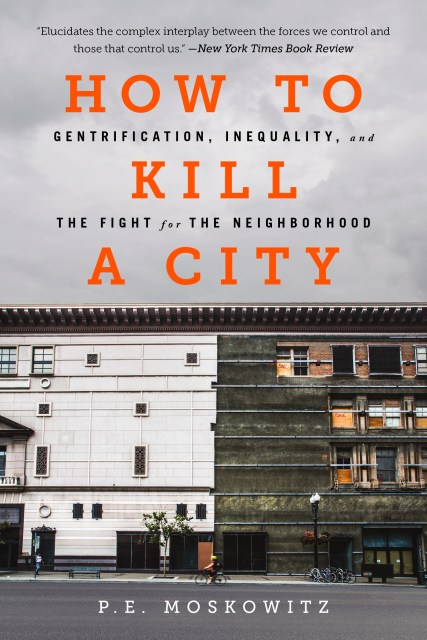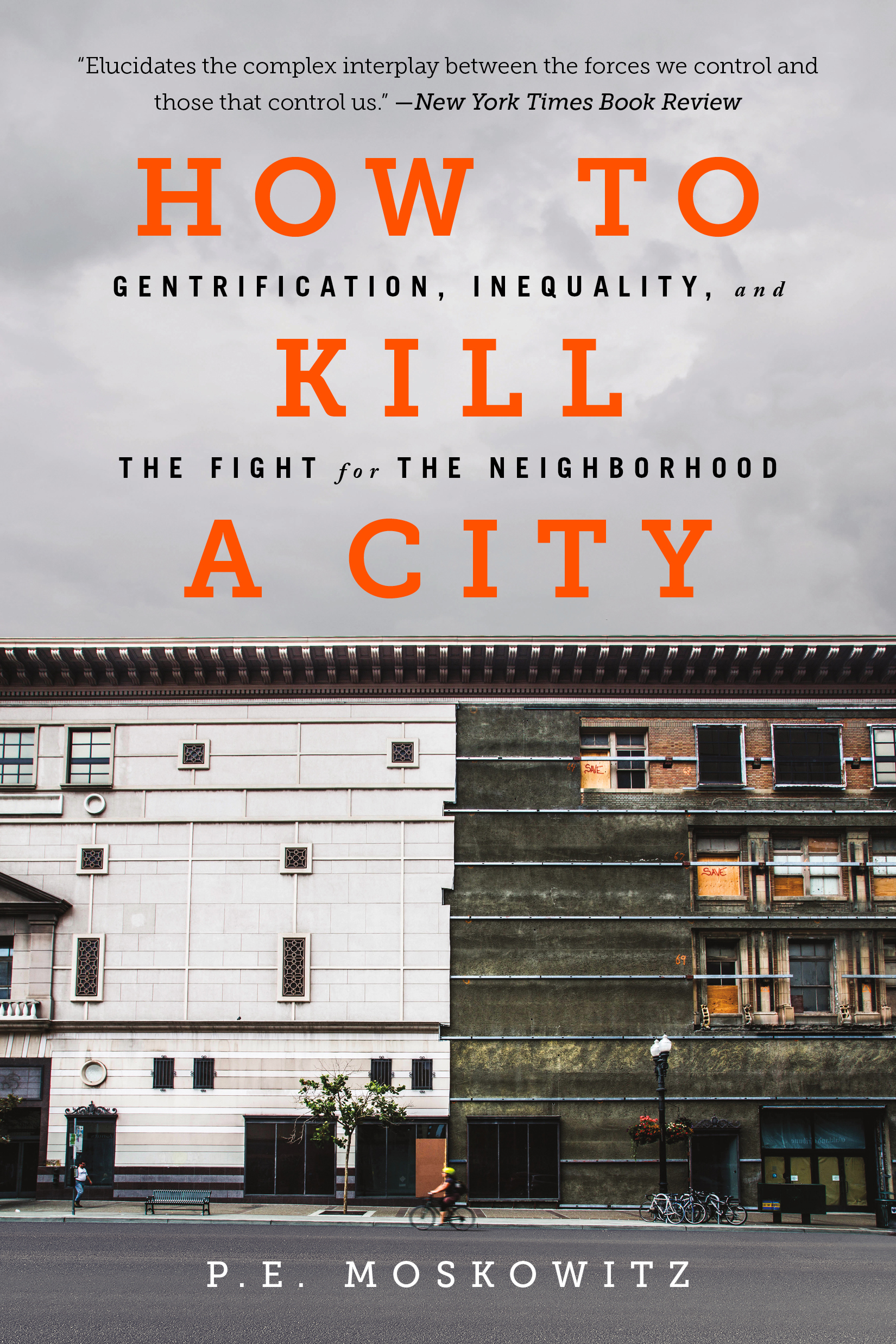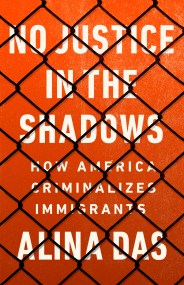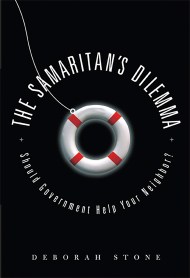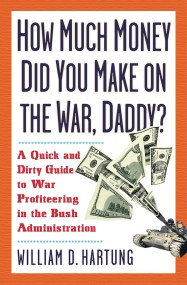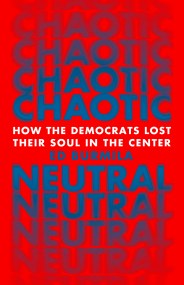Promotion
Use code MOM24 for 20% off site wide + free shipping over $45
How to Kill a City
Gentrification, Inequality, and the Fight for the Neighborhood
Contributors
By PE Moskowitz
Formats and Prices
Price
$11.99Price
$15.99 CADFormat
Format:
- ebook $11.99 $15.99 CAD
- Trade Paperback $17.99 $22.99 CAD
This item is a preorder. Your payment method will be charged immediately, and the product is expected to ship on or around March 7, 2017. This date is subject to change due to shipping delays beyond our control.
Also available from:
The term gentrification has become a buzzword to describe the changes in urban neighborhoods across the country, but we don't realize just how threatening it is. It means more than the arrival of trendy shops, much-maligned hipsters, and expensive lattes. The very future of American cities as vibrant, equitable spaces hangs in the balance.
P. E. Moskowitz's How to Kill a City takes readers from the kitchen tables of hurting families who can no longer afford their homes to the corporate boardrooms and political backrooms where destructive housing policies are devised. Along the way, Moskowitz uncovers the massive, systemic forces behind gentrification in New Orleans, Detroit, San Francisco, and New York. The deceptively simple question of who can and cannot afford to pay the rent goes to the heart of America's crises of race and inequality. In the fight for economic opportunity and racial justice, nothing could be more important than housing.
A vigorous, hard-hitting expose, How to Kill a City reveals who holds power in our cities-and how we can get it back.
Genre:
- On Sale
- Mar 7, 2017
- Page Count
- 272 pages
- Publisher
- Bold Type Books
- ISBN-13
- 9781568585246
Newsletter Signup
By clicking ‘Sign Up,’ I acknowledge that I have read and agree to Hachette Book Group’s Privacy Policy and Terms of Use
